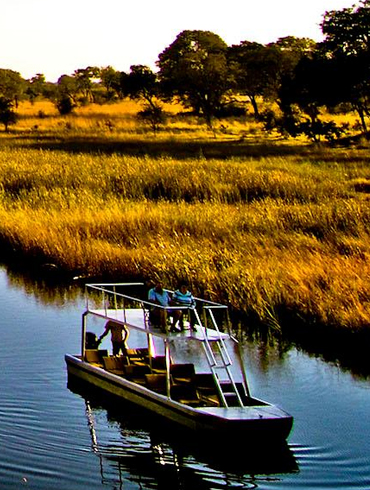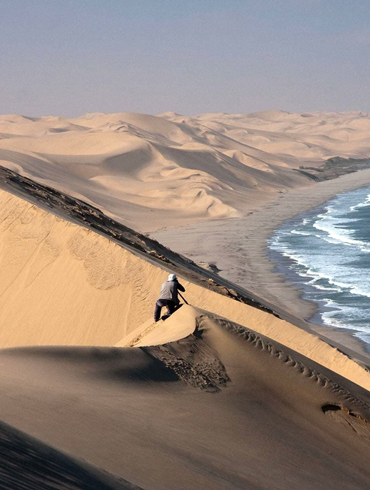- Mon - Sat: 9.30am To 10.00pm
- info@falconsafaris.com
Namibia Destinations
Overview
Namibia is known for its contrasting landscapes. The desolate Namib Desert is said to be the oldest in the world, with its high dunes and awe-inspiring sense of space. The central plateau, with its thorn bush savannah and rugged mountains, rising abruptly from the plains, gives way to the majestic Fishriver Canyon in the south.
In the north of the country, landscapes range from dense bush and open plains of the great Etosha Pan, to woodland savannah and lush vegetation. Dinosaur footprints preserved in sandstone, prehistoric rock art, the ancient fossil plant, Welwitschia mirabilis, all bear witness to the timelessness of this country.
The Republic of Namibia is a vast, sparsely populated country situated along the south Atlantic coast of Africa between 17 and 29 degrees south of the Equator. With its surface area of 824 268 square kilometres, Namibia is the 31 st largest country in the world. It stretches for about 1 300 km from south to north and varies from 480 to 930 km in width from west to east.
Namibia, previously known as South West Africa, is bordered by South Africa in the south, Angola and Zambia in the north and Botswana and Zimbabwe in the east. The Namib Desert stretches along the whole west coast of the country, while the Kalahari Desert runs along its southeastern border with Botswana.
Namibia is demarcated into 7 regions, namely the Caprivi, Central, Etosha, Kaokoland, Sossusvlei, Southern, Coastal Region.
Namibia Destinations
including Etosha National Park, Caprivi and the Namib Desert.
Tailor Your Luxury Namibia Safari
Namibia journey.







